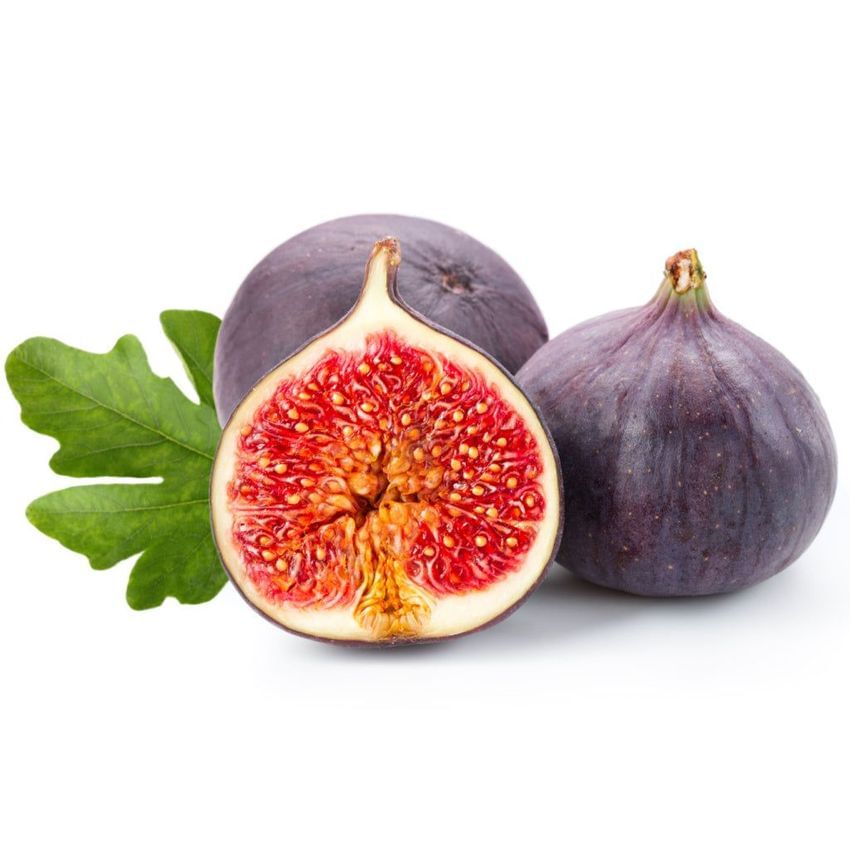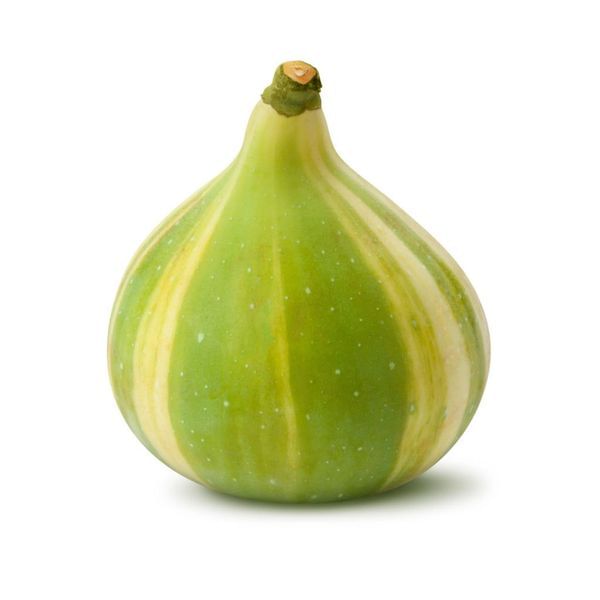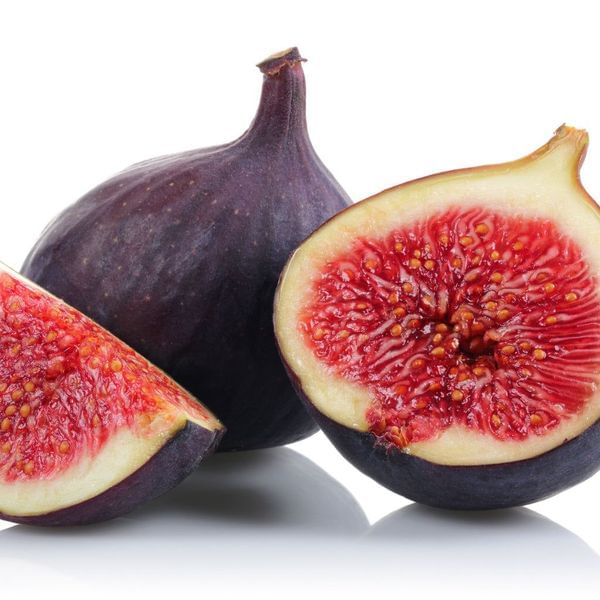SAVE ON SHIPPING: We can now ship potted fruit trees in MULTIPACK BOXES. Order as a 3-pack or 6-pack to save on the cost of shipping! This includes ALL PRIMO and ENTRY sized citrus, olive, fig and avocado trees as well as grape and passion vines.
- Black Jack Fig trees produce large, purple-brown figs with sweet, juicy, strawberry-red flesh that is similar to the Brown Turkey Fig.
- This fig tree is naturally small and compact semi-dwarf size, making it a wonderful container plant.
- Self-fruitful.
- Considered drought tolerant and cold hardy
- Height at maturity: 15' in the ground, but can be kept smaller with pruning or if kept in containers
- The fruit requires 100 chill hours
- Ideal for zones 7-10
Check out our Fig Tree Growing Guide (pdf)
Lee nuestra guia aqui: Guia de cultivo para higos







